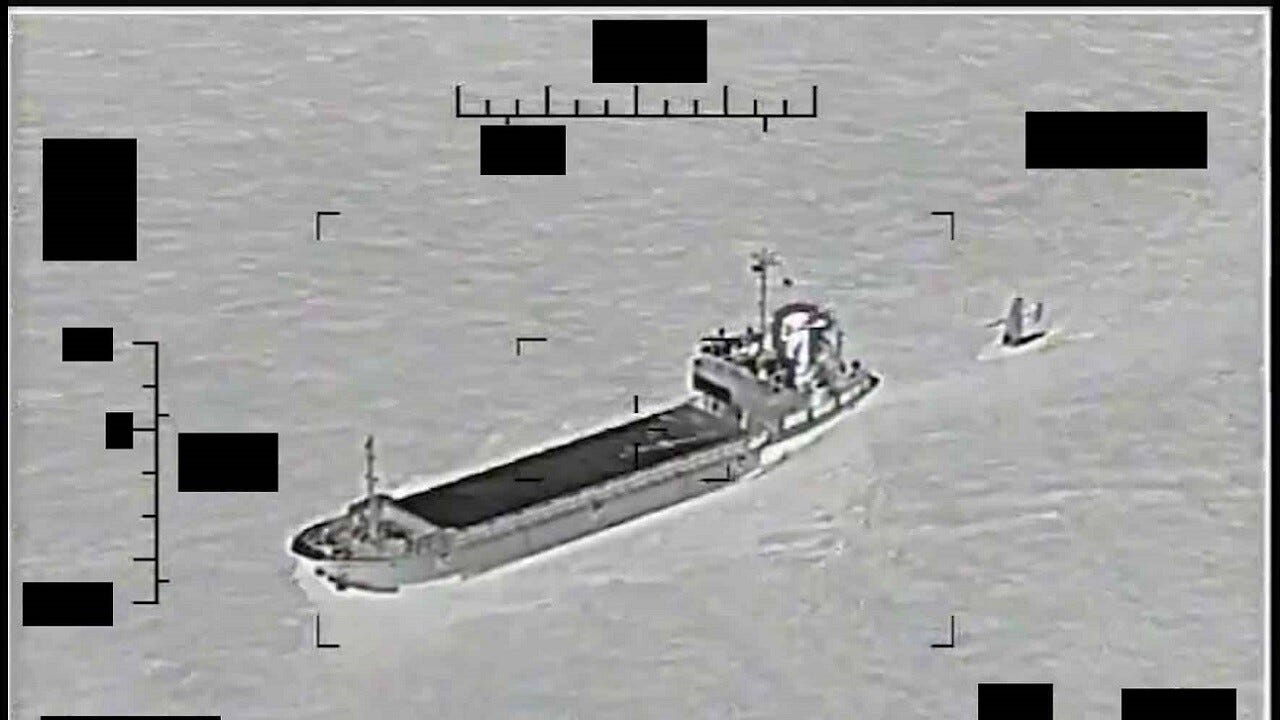Excuse me, that's our USV!
Iranian navy ship tries to detain U.S. Navy Saildrone Explorer USV
As naval forces continue to roll-out more and more unmanned surface vessels (USVs), it only follows that many of these will be operating remotely, sometimes far away from manned surface and submarine vessels. This is bound to give rise to both intentional and accidental incidents between third parties and navy operated unmanned systems. The risk was underscored this week by a USV incident involving Iran’s Islamic Revolutionary Guard Corps Navy (IRGCN) and the US Navy's Fifth Fleet.
Last September, the U.S. Navy formed 𝗧𝗮𝘀𝗸 𝗙𝗼𝗿𝗰𝗲 𝟱𝟵 to accelerate the integration of AI and unmanned systems with maritime operations, based out of Fifth Fleet headquarters in Bahrain. The new task force soon set about setting up trials of various unmanned systems in the the fleet's theatre of operations, including the Arabian Gulf and the Gulf of Aqaba. One of the most successful trials was that of a Saildrone USV.
Developed by US-startup Saildrone Inc, the 23ft-long, 16ft-tall, wind and solar-powered Saildrone Explorer is used to collect 'high-resolution' ocean datasets and is able to perform autonomous, long-range ocean data collection missions, for months at a time. The USV was put into active service early this year, following a series of successful trials. It is not known exactly how many Saildrones are now operational in the Gulf, but 5th Fleet plans are to create a new joint fleet of 100 maritime unmanned systems overall by next summer, together with partner nations. The Saildrone Explorer is a key element of the fleet's strategy to dramatically increase the gathering of real-time intelligence across the Arabian Gulf and other key ocean areas.
Task Force 59 (also TF59) is the first of its kind and has been breaking new ground for the past year, both testing the maritime unmanned systems themselves and the data that they provide, and how to integrate the operation of these systems with the operations of crewed vessels. Its fair to say that most naval forces haven't yet been able to contemplate this at scale and commercial martime operators know even less about it. Therefore the potential for incidents appears to be significant.
On Monday night (11pm Bahrain time, August 29), the 5th Fleet identified an IRGCN support ship Shahid Baziar towing a U.S. Navy Saildrone Explorer USV in an apparent attempt to detain it, in international waters. The U.S. Navy reponded by sending patrol coastal ship USS Thunderbolt (PC 12), that was operating nearby and an MH-60S Sea Hawk from Helicopter Sea Combat Squadron 26, based in Bahrain. The actions taken by the U.S. naval forces resulted in the IRGCN vessel disconnecting the tow line pulling the USV.
For sure, Saildrone's USVs are less expensive to make and run than naval ships that can cost hundreds of millions of dollars to build and millions per year to operate, but they're not cheap. Saildrones are equipped with advanced technologies including sensors, radars and cameras for navigation and data collection. The U.S. Navy points out that the Saildrone is available commercially and does not store sensitive or classified information. However, the USV is not a vessel that the navy would be happy to lose. On the other hand, it's not something that potential adversaries at sea would like to see every few miles either. So, this is unlikely to be the last USV incident that we'll hear of and we may well hear of different types of incident, requiring different types of responses.
Find out more about this story:
See the U.S. Navy press release.
Read the Arab News story.
See Middle East AI News 24-Feb-22 for more on the U.S. Navy Fifth Fleet's unmanned systems plans: https://lnkd.in/eXB3wc6A
Read more about the Middle East military drone market in Middle East AI News 16-Dec-21: https://lnkd.in/d5mAkeiH


